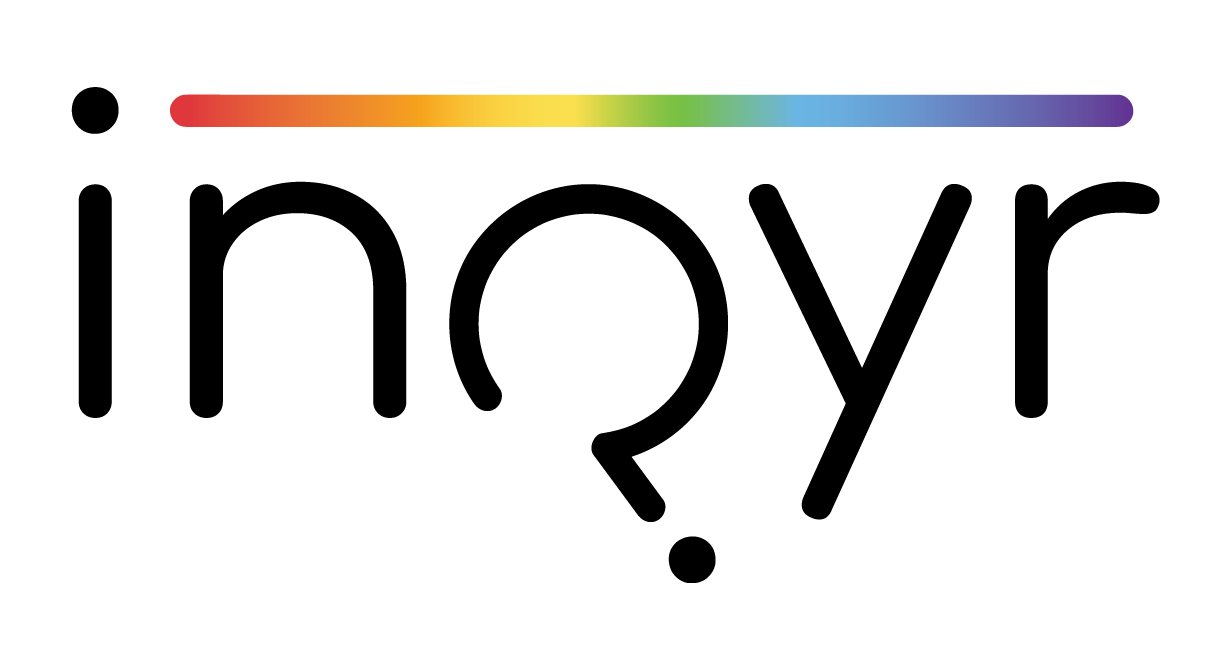Intersecting sexual, gender and professional identities among social work students: The importance of identity integration
Craig, S. L., Iacono, G., Paceley, M., Dentato, M., & Boyle, K. (2017). Intersecting sexual, gender and professional identities among social work students: The importance of identity integration. Journal of Social Work Education, 53(3), 466–479. https://doi.org/10.1080/10437797.2016.1272516
Highlights
Background
Discrimination toward lesbian, gay, bisexual, transgender, and queer (LGBTQ) social work students can negatively affect academic performance and personal and professional identity development.
Intersectionality is a conceptual approach that states social identities interact to form different meanings and experiences from those that arise from a single identity.
Study Description
This study explored the educational experiences of LGBTQ social work students (n = 1,018) in the United States and Canada, and how these experiences influenced their professional and personal identities
Most participants were enrolled in an MSW program (76%), with the remainder in a BSW program (24%).
Students were geographically diverse, representing 136 institutions in 52 states and provinces.
Key Findings
Three major themes emerged from an intersectional and grounded theory analyses:
(1) The need for social work programs to better promote LGBTQ identity and emerging social work professional identity integration
(2) A lack of LGBTQ content in the curriculum
Inadequate integration of LGBTQ content within and across social work curricula
Lack of depth in LGBTQ content
Burden of educating peers
(3) Unsupportive LGBTQ school climates
Prejudice and discrimination
Lack of mentoring or LGBTQ faculty
Lack of community
Recommendations
For LGBTQ students to integrate their professional social worker identity with their LGBTQ identity, schools of social work should:
(1) Include accurate and affirming content on LGBTQ individuals across the curriculum
(2) Create safe and supportive spaces for LGBTQ students

